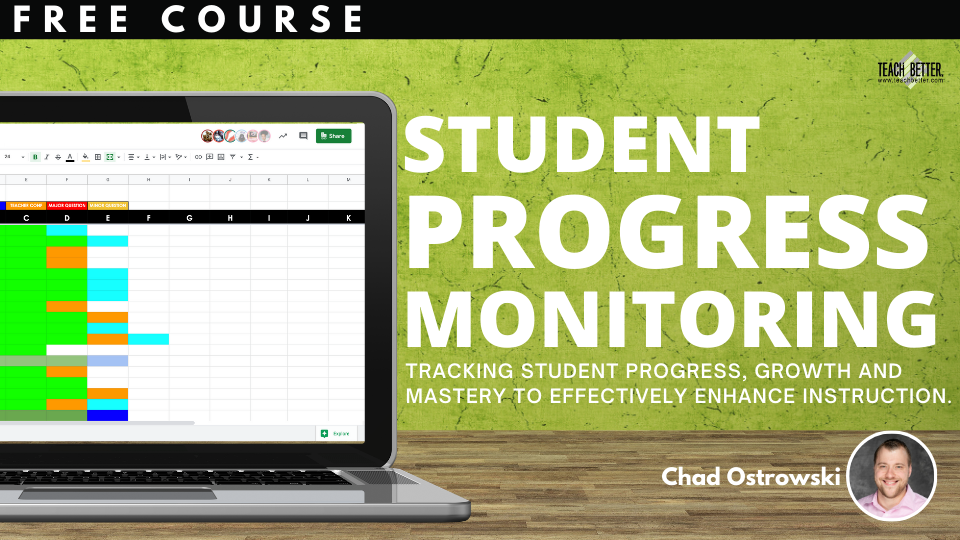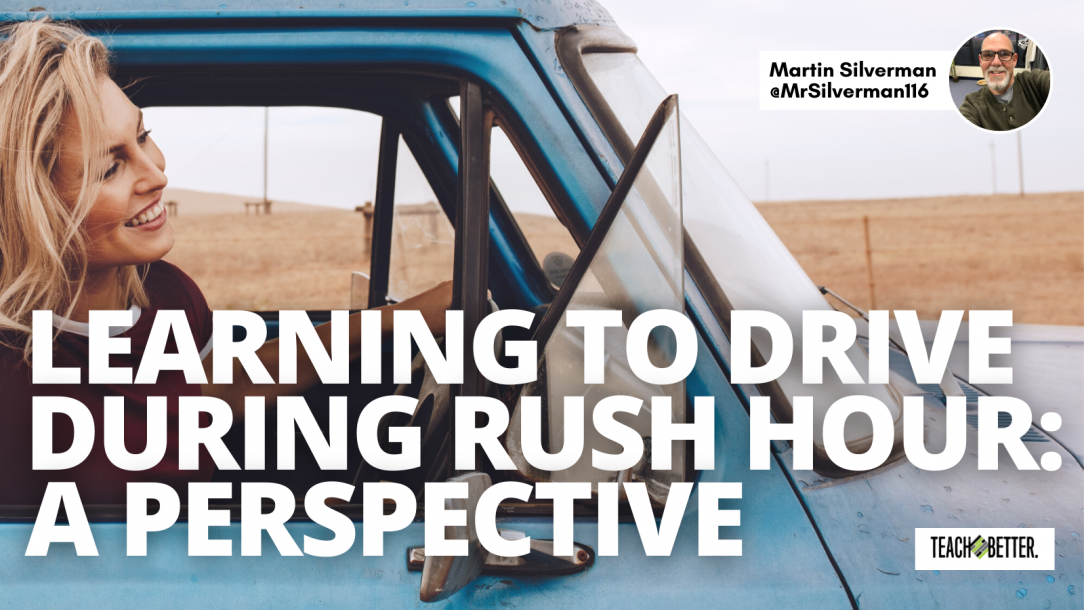TL;DR:
- Typically, new drivers can learn on a wide street or parking lot. It is only after they have developed confidence that they are usually taken on the highway.
- Similar to how we wouldn’t expect a new driver to learn to drive during rush hour, we can’t expect students with special needs to move on before they are ready.
- In long-range planning, we must be explicit about planning for special education students to learn how to function in a general education setting.
When my kids were teenagers, they wanted to learn to drive. For any of you who are parents, you know how nerve-racking it can be to take your kids out on the road for the first time. Typically we choose a quiet, wide side street or parking lot to get the kids comfortable with the mechanics of the car and how it feels before we put them out on the road.
And highway driving? That usually happens much later when they develop ability and confidence. I remember the feeling of pulling up in that on-ramp to let my kids get a feel for the highway before we ever felt comfortable allowing them to drive it on their own.
Now depending on where you live, highway driving may be something that your child has to learn how to do well. But some kids are hesitant for a long time. They may have a sense of anxiety about trying to maneuver a vehicle in traffic. It seems like everyone else just knows how to drive, and drive well.
Confident drivers are all around them handling even rush-hour traffic with ease and ability. As a parent, you instinctively know when the time is right to allow them to go it on their own. You know they will develop their skills…it just takes time and practice.
In education, the model is to start all kids out on the highway during rush hour. We put them on the fast track and hope that they are able to keep up. Click To TweetLearning to Drive During Rush Hour: Are We Pushing Them Before They’re Really Ready?
I illustrate this point because I relate it to students with special needs that are being pushed into highway driving before they are ready. In education, the model is to start all kids out on the highway during rush hour. We put them on the fast track and hope that they are able to keep up.
In practice, a large percentage figure it out pretty quickly and zoom along. We also have students that show a little hesitancy at first, and then quickly develop the skills to progress the way we expect them to. Then other times we find ourselves with students who have special needs and are not able to manage the freeway with the same confidence.
I want you to picture the student with Autism Spectrum Disorder. Or imagine the student with a behavioral disorder. The hustle and flow of the classroom must seem like the freeway at rush hour to them. They want to be confident and manage the traffic. But as tentative and new as they are, similar to a new driver, they find the scene overwhelming.
I believe that we, as well-meaning educators, will do the best we can to make their experience as rewarding as possible. In practice though, I’ve seen students continue to struggle and need increasing support over time to begin to learn to function successfully in their general education setting. They are not able to focus on content. And they often unwittingly deprive other students of a positive learning environment. It’s not their fault. But we as educators need to create a plan that will allow all of our students the best opportunity for academic success.
Learning to Drive During Rush Hour: Making the Student More Successful
At my previous school, I had a Behavior Adjustment Unit class that was staffed with a group of intuitive and student-focused educators. Their mission was to get their students to learn the tools they needed to be successful learners in the general education classroom. There was pressure from the special education folks to give the students support in the general education classroom, and have them out in the behavior room on a very limited basis.
The thinking behind that idea is well-intentioned. But the reality of the situation for the students was that they were not having a positive experience in the classroom. Their needs superseded the content and structure of the classroom. They were expected to learn to drive during rush hour.
The teacher in the unit proposed that we focus on some root cause behaviors to teach students how to navigate the general education classroom. This required more time in special education to begin with, a plan not fully endorsed by the department outside the school.
However, once we began that focus, we found that students were sooner able to handle additional time in the general education classroom. And they were much more successful. In essence, we were finding greater success by teaching the students to drive on a quieter side road before asking them to tackle the busy freeway.
[scroll down to keep reading]
Considering the Social Emotional Needs of Our Special Needs Students
There is an important issue that needs to be addressed when we consider the idea of starting out with providing more special education support services. In our long-range planning, we must be explicit about planning for students to learn how to increase their time in general education.
To use the driving analogy, it’s no good to only learn to drive in the parking lot. The goal must be to gain the confidence and skill to drive the freeway at rush hour.
In my experience, this was a very common practice. We saw so many students learn how to manage their emotions and behaviors to the point of becoming fully and successfully mainstreamed. I believe it was the focus on establishing success that made this possible!
About Martin Silverman
Martin Silverman is a father, grandfather, husband, and long-time educator in beautiful San Antonio, Texas. He is committed to providing the best educational experience for the students and families at Salinas Elementary school where he is principal. Martin has worked in urban, suburban, and rural districts as a teacher and administrator. His interests are in creating and nurturing school culture, providing enriching experiences for students and families, and developing future teachers and administrators.
As a former bilingual teacher and administrator, Martin is committed to providing ELL students with quality programs to develop their unique skills. He hosts a podcast called The Second Question, which highlights educators and provides them a forum to discuss ideas, and to honor the teachers that have influenced their lives.



